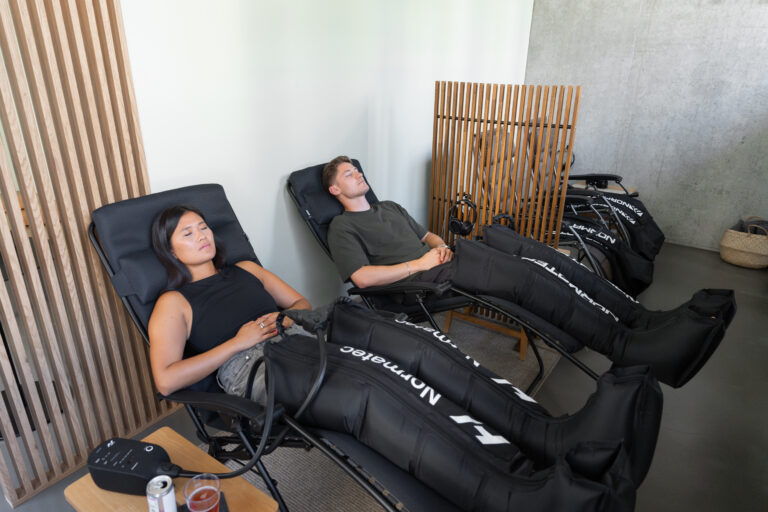What is Floating Therapy?
You might also have heard floating therapy described as ‘sensory deprivation’. It wasn’t until the 1970s that the first commercial flotation tanks hit the market.
How it all started
John C. Lilly was born in 1915 and grew up with the belief that the mind has limitless potential. He had a background in physics and neurology, so he designed a flotation tank that let him observe the origin of consciousness without any external stimuli. To put it another way, he created a soundproof, dark tank filled with saltwater, which means you can only float. It’s a tank where you can minimise all sensory input as much as possible.
The good news is that floating is accessible to everyone.
It wasn’t until the 1970s that commercial floatation tanks as we know them today began to appear on the market. A flotation tank is basically the same as John C. Lilly’s experiment: it’s light and sound-insulated and contains water at a depth of about 30 centimetres, which is body temperature controlled.
The water is saturated with Epsom salt, which is about 30% salt, so floating is pretty much guaranteed. When you float, you can experience weightlessness and relax completely. There’s no pressure, no loud noises or bright lights to wake you up. Instead, you can just focus on yourself and your thoughts.

There are lots of great things about floating.
These days, floating therapy is used because of its health benefits. Several studies have shown that repeated floating sessions can have a positive effect on the mind and also improve sleep quality. For instance, a study of 65 healthy men and women found that floating reduced stress, depression, anxiety and pain.
The results also showed a significant increase in optimism and improved sleep quality. On top of that, it seems that the positive effects of floating can be linked to the state of consciousness achieved during the sessions.
So, why do float sessions work?
It’s a pretty simple thing, but it has a big impact on the mind. It’s a well-known thing called the fight-or-flight response that happens when we’re stressed. The sympathetic nervous system kicks in, and things like blood pressure and breathing speed up a lot. The human body can usually handle short periods in this state, but not for months or years.
The ‘relaxation response’ is the opposite of this. This switches on the parasympathetic nervous system, which helps to lower blood pressure and respiration, among other things. You can achieve the relaxation response through deep relaxation, which is essential for your body to recover from a stressful situation. However, to successfully elicit this response, you need to reduce sensory input and bodily movements significantly, which is where floating comes in.





